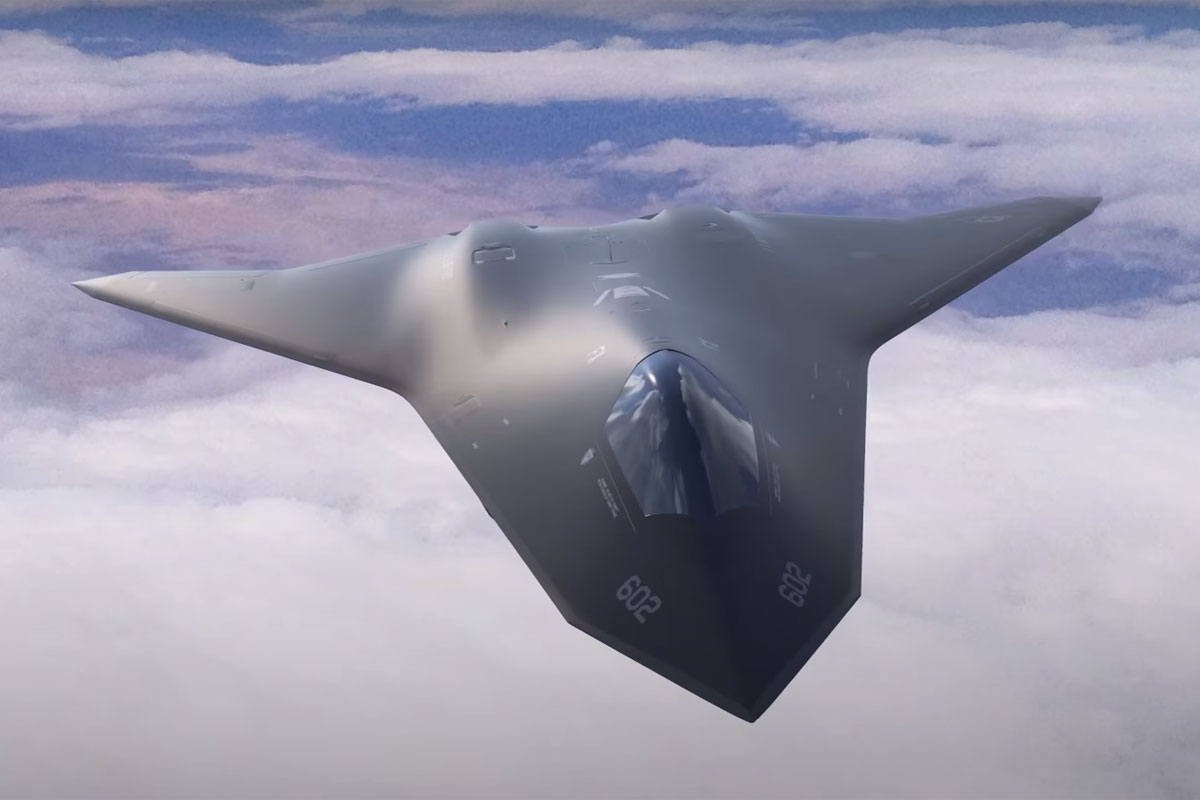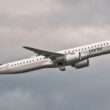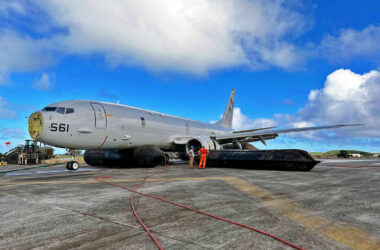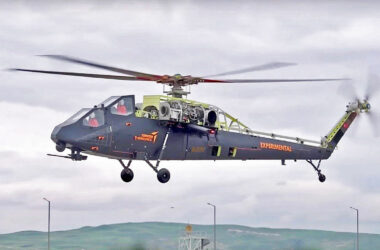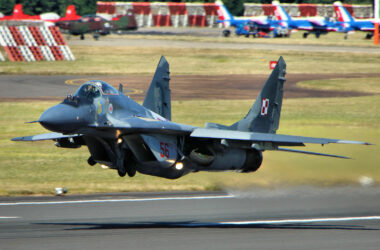The Pentagon, through DARPA (Defense Advanced Research Projects Agency), transferred another US$ 40 million to the Liberty Lifter program, which intends to develop a large-scale cargo seaplane that uses ground effect for low-altitude flight.
The technology, similar to Russian ekranoplanes, gives rise to a kind of “flying boat”, which combines flight characteristics, such as high speed, with advantages of vessels, such as low operating costs.
In February, DARPA had selected two bidders for the program: General Atomics, best known for military drones like the MQ-9 Reaper, and Orbital Sciences, a subsidiary of Boeing.
Now, the agency has earmarked another US$ 19.5 million for Orbital and US$ 21.5 million for General Atomics in order for them to complete the designs, manufacture and demonstration flights of full-scale prototypes.
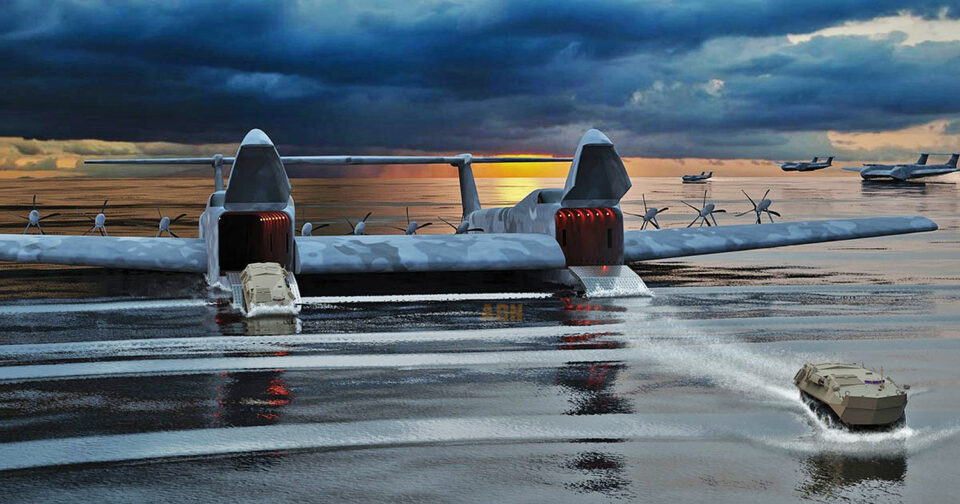
C-17 Globemaster size
Aurora has so far presented a more orthodox concept, with a single fuselage, a large high wing carrying eight engines and a T-tail. Orbital, on the other hand, went for a twin fuselage configuration with engines positioned on top of the wings and in a pusher position.
DARPA requirements include a range of up to 6,500 nautical miles (12,000 km), a service ceiling of 10,000 feet (3,000 meters), and flight with ground effect within 5 feet of the surface (13 feet in wave conditions).
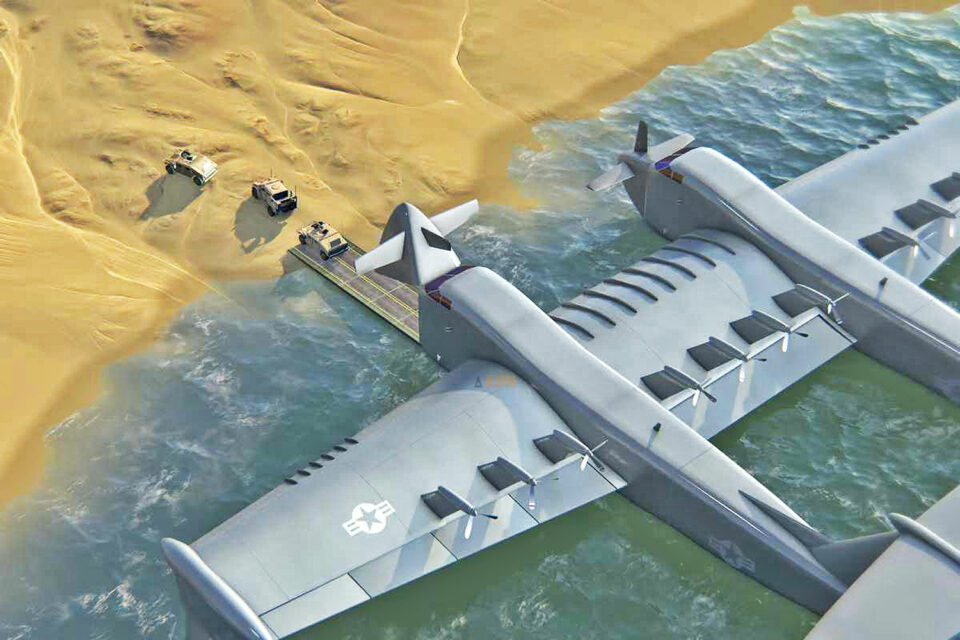
The capacity of the aircraft, similar to a C-17 Globemaster military freighter, should be able to carry two US Marine Corps amphibious combat vehicles or six 20-foot containers.
Follow ADN: Instagram | Twitter | Facebook
The interest in a seaplane with ground effect would have arisen due to the increase in tensions in the Indian and Pacific regions, which would facilitate amphibious operations.


